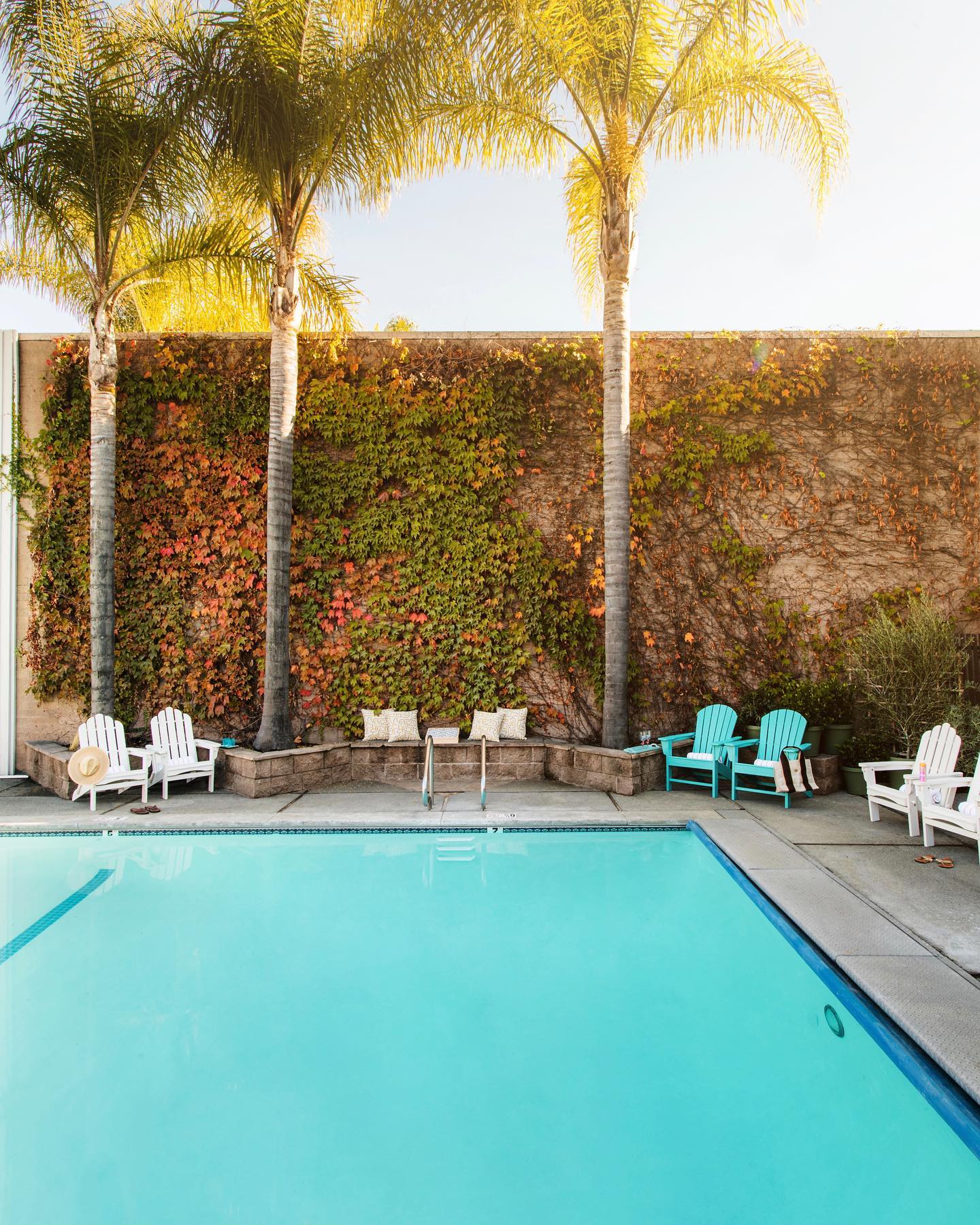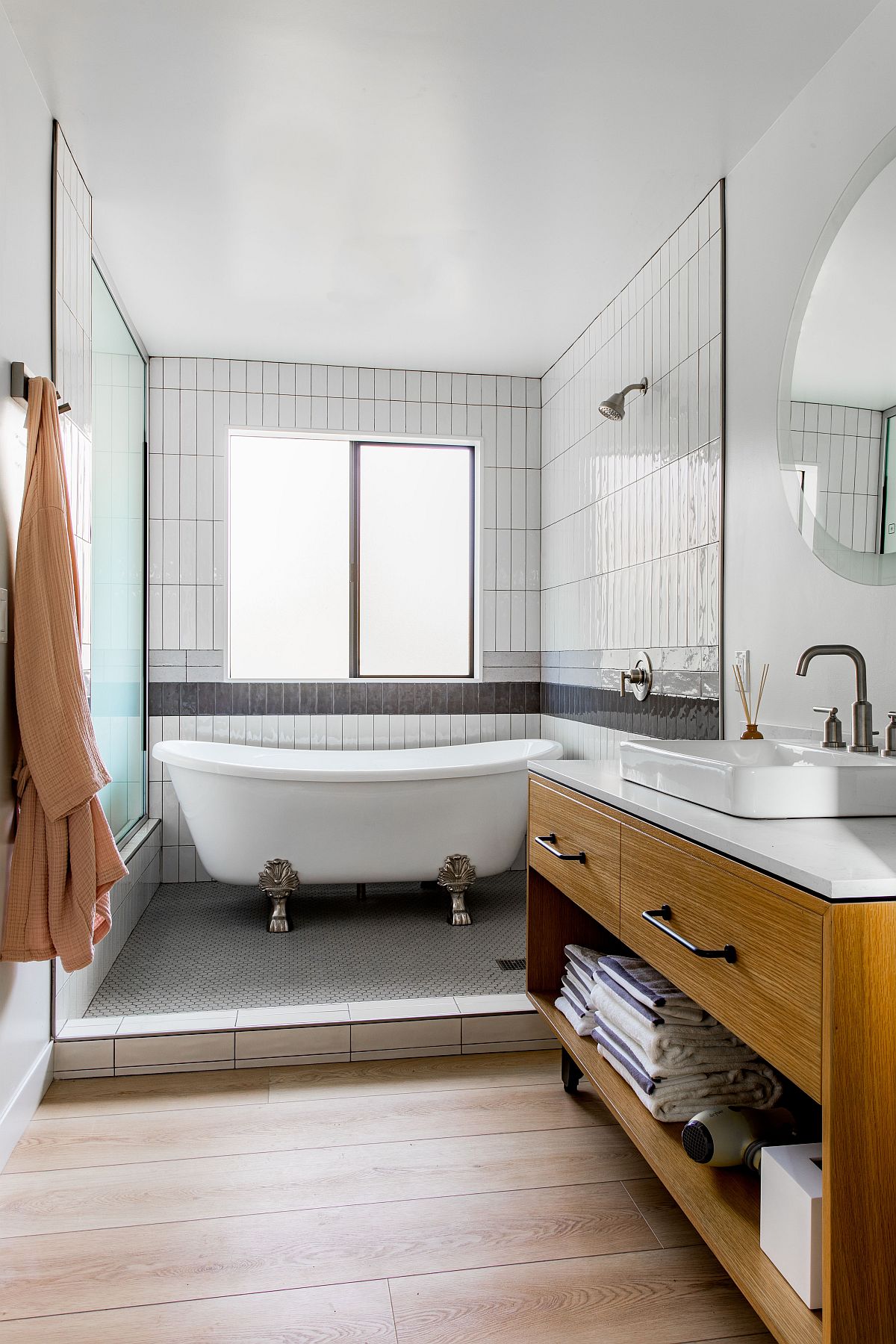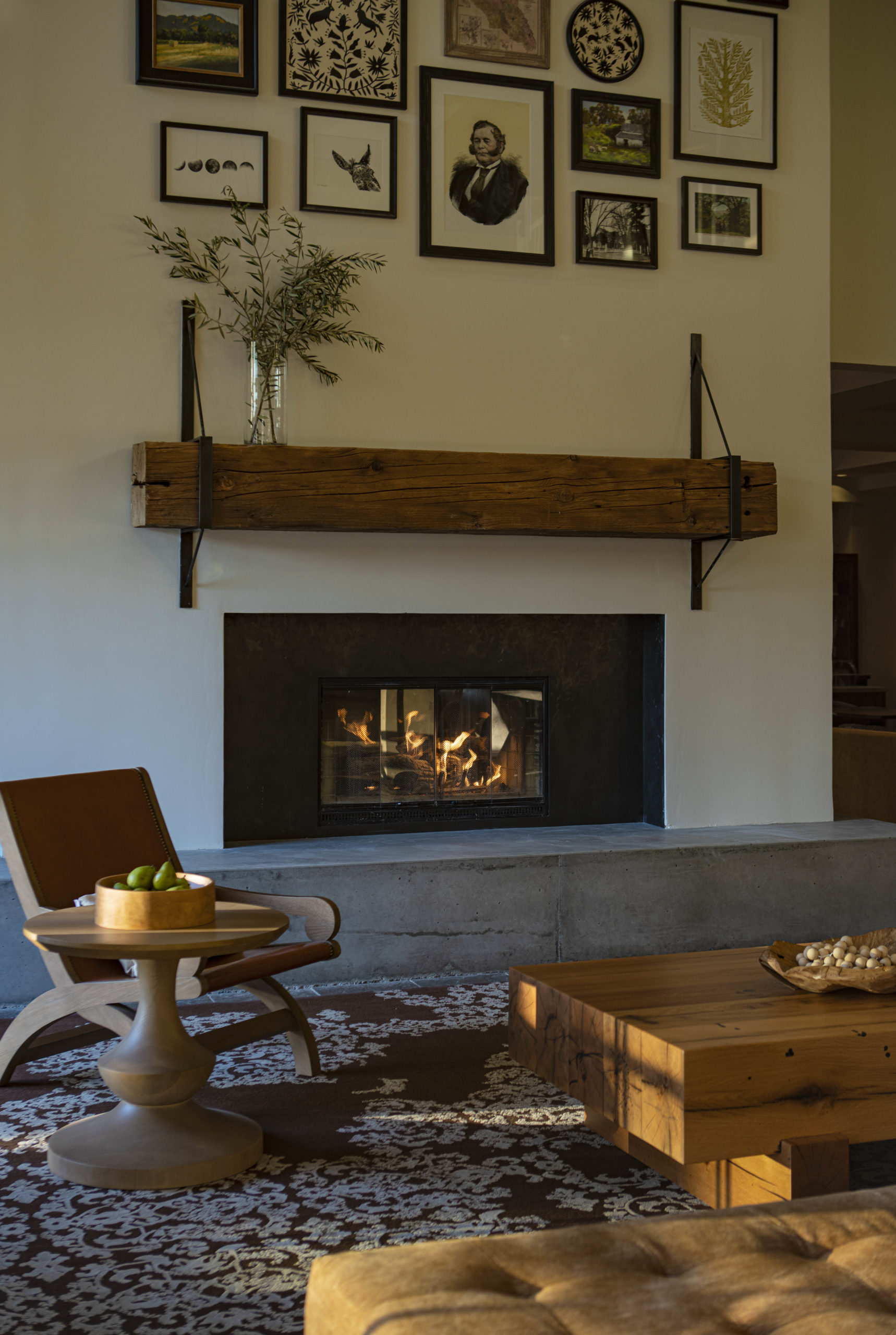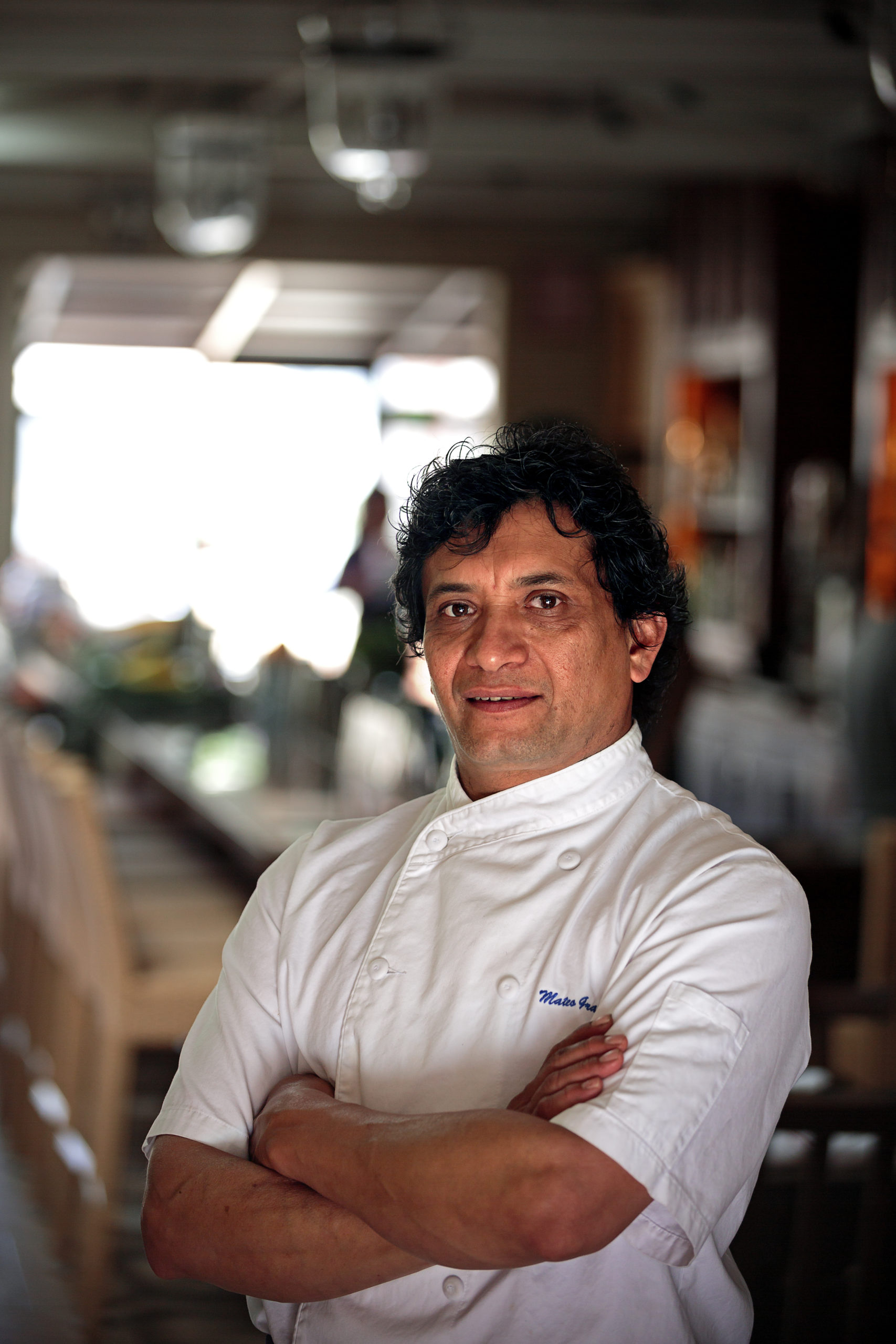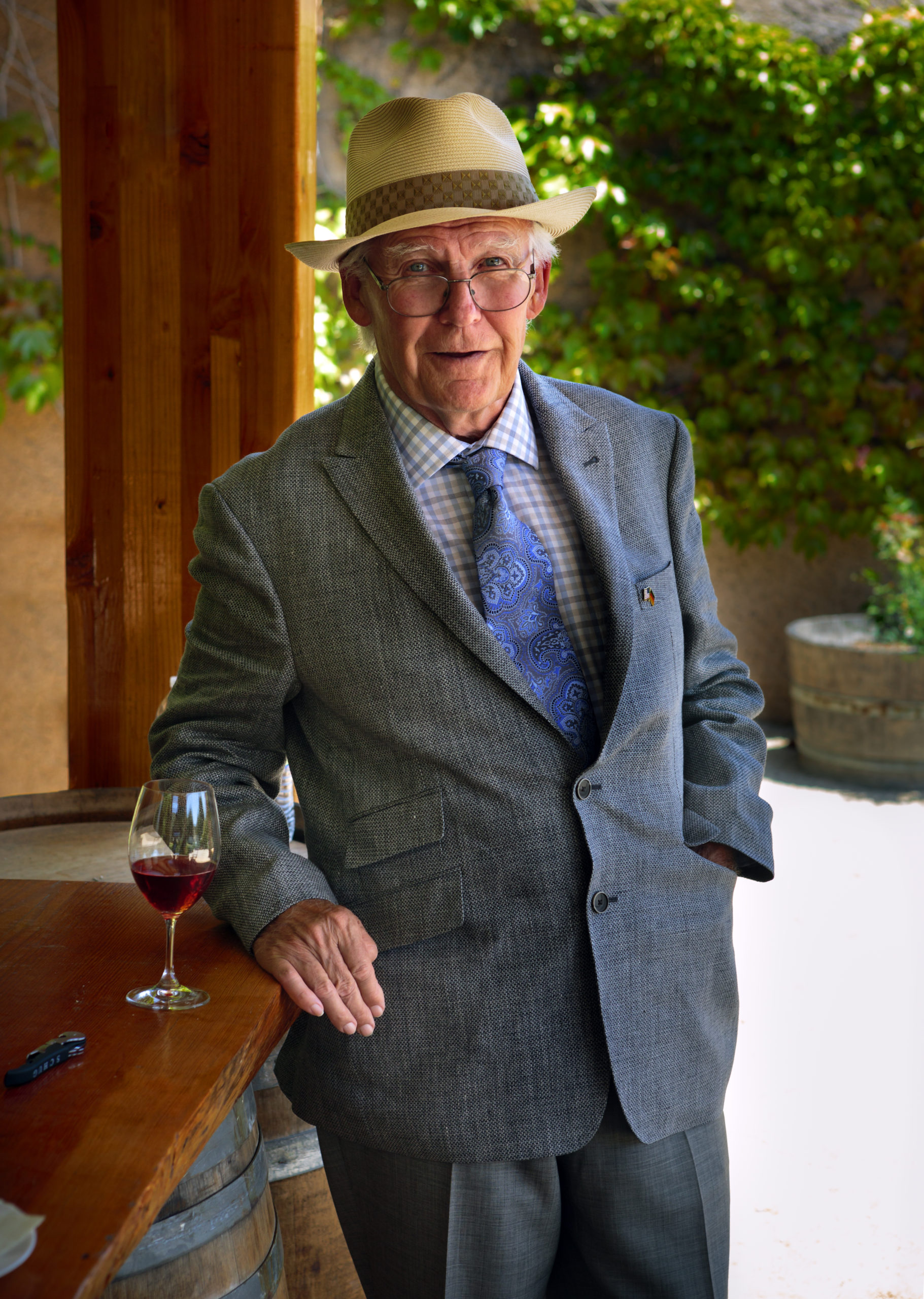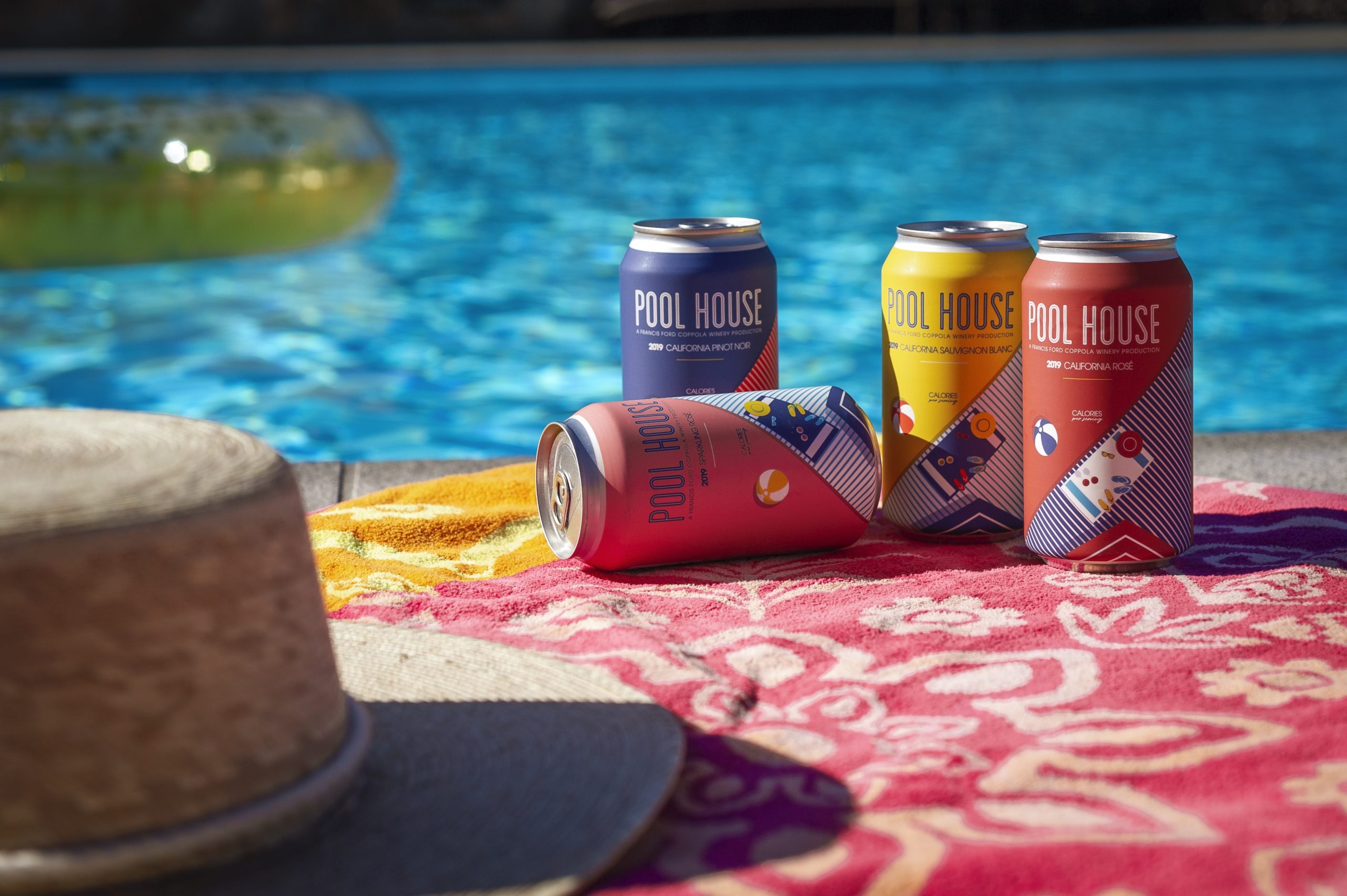With the housing market continuing red-hot and prices skyrocketing, California laws are changing in an effort to add some affordable housing units to the rampant housing shortage.
Three letters — ADU, or accessory dwelling unit — spell out just one attempt to expand the state’s affordable housing inventory. Commonly known as granny units or in-law units, ADUs are structures built on properties with existing single-family homes. They can be separate buildings, built-on additions or even converted garages and typically have kitchens and bathrooms. Some are as small as a few hundred square feet while others are sizable — ADUs can be no larger than a 1,000 feet to be considered “accessory” and thus qualify for relaxed permitting requirements.
California has recently passed five assembly bills to allow ADUs less restrictive regulations, speedier approvals and lower costs for building. The units can then make it possible for homeowners to house a family member, to rent a space for added income or to provide a new living space so a main home can be rented out.
Architect Mary Dooley, AIA, whose Petaluma firm, MAD Architecture, has designed offices, wineries and expansive homes, now gets frequent calls requesting ADU designs.
Dooley studied at UC Berkeley’s Environmental Design school and is fond of the idea of ADUs from an environmental perspective. She believes it is better to add housing to properties where the land has already been “disrupted” to accommodate for gas, electricity and water lines. “That’s better than disturbing a new piece of land,” says Dooley.
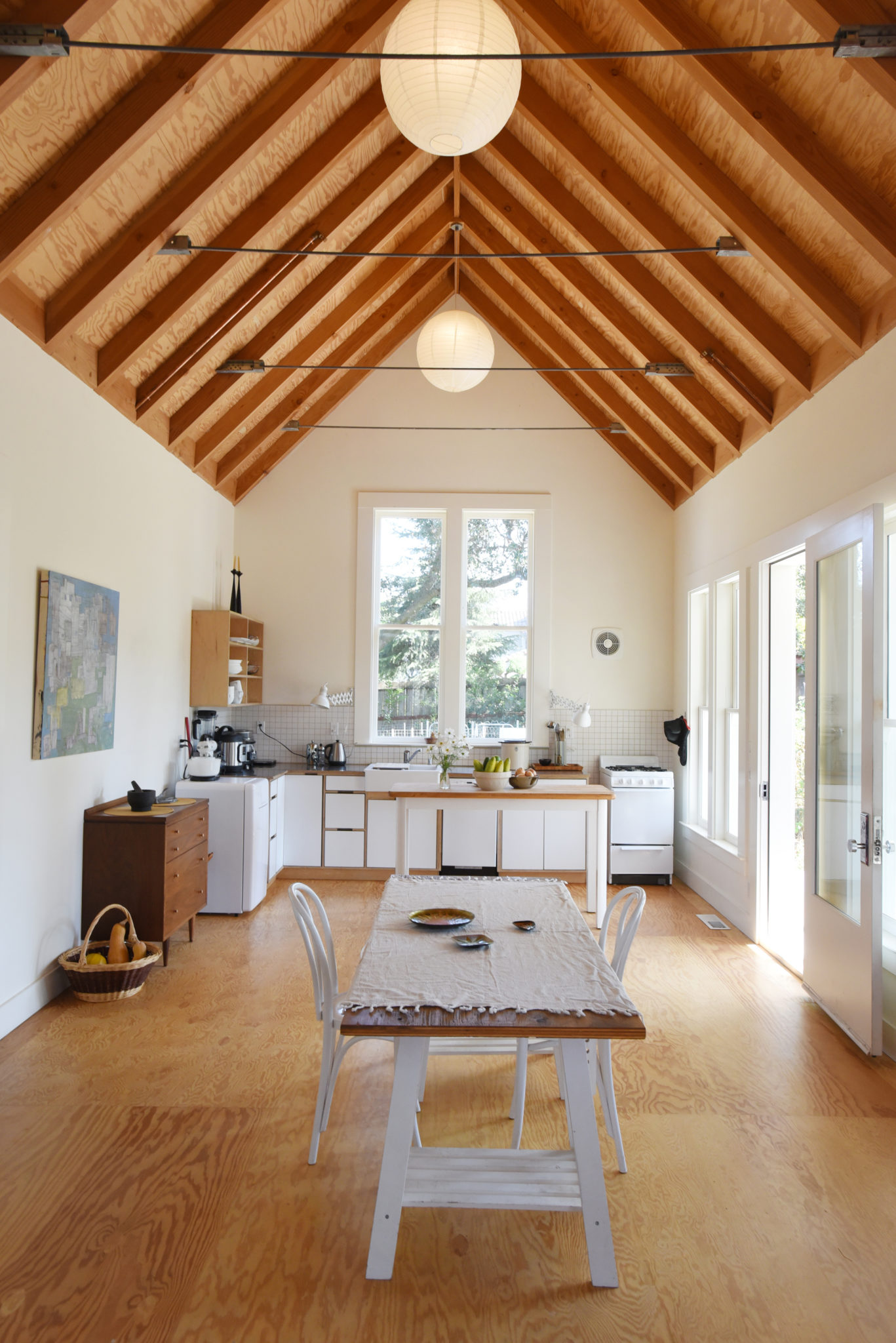
Dooley feels it’s “important to consider the art of architecture” when adding units to neighborhoods from a specific time period or with a distinctive style. The architect is quick to point out that affordability is often a driving force behind ADUs. If hiring an architect isn’t in the budget, she recommends people interested in adding an ADU to their property look into free designs and blueprints available online. Seattle’s Office of Planning and Development, for example, has launched the ADUniverse website with pre-approved designs. Local nonprofits like Napa Sonoma ADU provide free blueprints plus comprehensive information.
Napa Sonoma ADU, funded by the Napa Valley Community Foundation (NVCF), aims to help homeowners go “from thought to deed,” says Julia DeNatale, NVCF’s vice president of Community Impact.
DeNatale sees ADUs as just one way of attempting to respond to a long term affordable housing shortage, which has been further exacerbated by wildfire losses and the pandemic. She adds that half of the people who work in Napa commute into that county and 30% of the Sonoma County workforce must travel in to work largely because of the lack of housing affordability within the county. Part of the mission of Napa Sonoma ADU is to create more affordable accommodations for the workforce nearer to their jobs.
For prospective ADU landlords looking to rent for added income, the nonprofit offers mentorship, contracts and rental information. Extensive information is available on their website and additional services are available at no cost to those who will rent to lower income renters — those who make below 80% of Sonoma or Napa County’s annual median income. In Sonoma County, those figures are $63,000 a year for an individual and $93,000 for a family of four. The nonprofit also assists ADU owners in locating and vetting qualified renters.
For some, an additional structure in the backyard can also serve as an at-home office. Dropbox legal team lead and Shop Local Healdsburg blogger Caroline Bontia purchased a prefabricated shed from Studio Shed in Denver — made from recycled materials and high-efficiency glass — and installed it in her backyard. The prefab shed did not have a bathroom or kitchen, but still required an electrical hookup for installment.
“Since it’s such a big investment, definitely do your own research on permitting requirements and other prefab options out there,” advises Bontia.
For the foreseeable future, the ADU trend seems here to stay, as long as housing costs rise, affordable housing diminishes, shared living spaces proliferate and more of us work from home. Click through the above gallery for some ADU inspiration.





